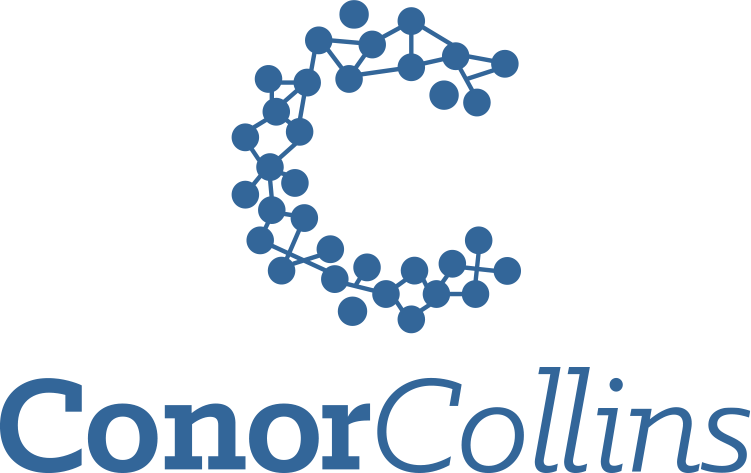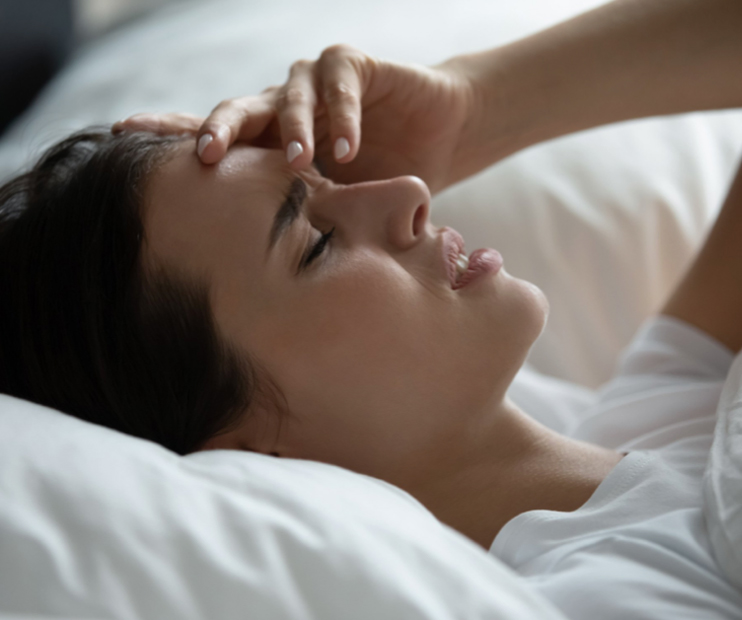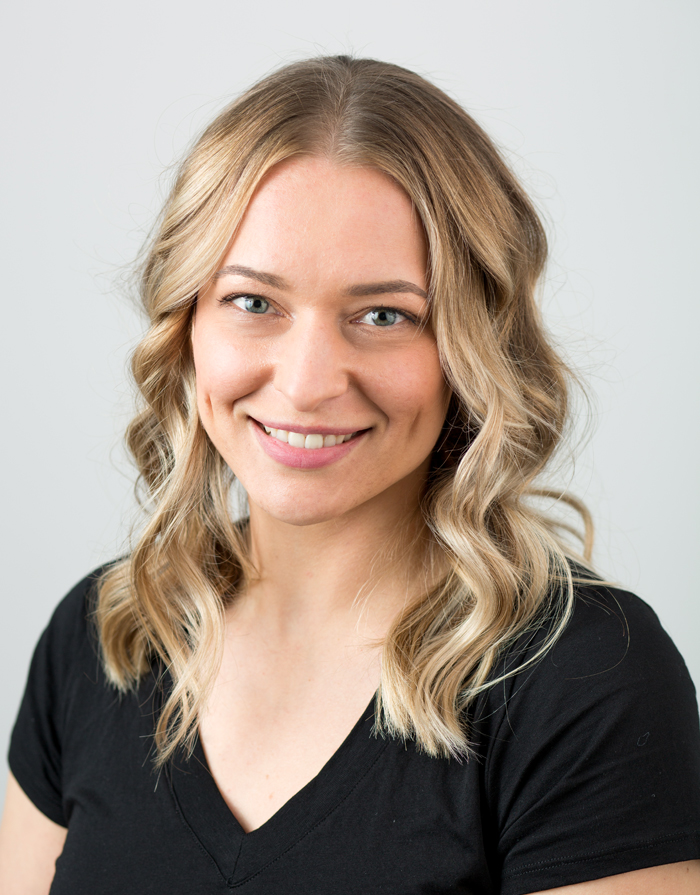Many have heard of blue light therapy for treating Seasonal Affective Disorder (SAD), but blue light therapy has also been proven effective in treating sleep disturbance post-concussion. Sleep disturbance is one of the most common complaints after sustaining a concussion injury. Research suggests that up to 70% of people (Mosti et al., 2016) will report having problems with sleep after a concussion or mild traumatic brain injury (mTBI).
Sleep is critically important for the brain’s ability to restore and regenerate itself. Regardless of injury, most people will notice the consequences of a poor night’s sleep. Lapses in attention or judgment, decision-making, executive function, and information processing are all compromised when we’re sleep deprived (Durmer and Dinges, 2009). On a neurological level, sleep deprivation has an impact on our body’s ability to repair itself, including restoring damaged DNA, maintaining synaptic connection through forming the myelin sheath of the nerves, and clearing out neurotoxins that accumulate throughout the day (Killgore et al., 2020).
The effects of a poor night’s sleep are felt to a greater degree in people who are recovering from a concussion. It’s important for these patients to have guidance on sleep hygiene in order to maximize their rehabilitation from their injury. Luckily, blue light therapy is considered a safe, accessible, and effective intervention for helping restore proper sleep in people suffering from mTBI, including concussion. It’s a tool that can be easily incorporated into a person’s rehabilitation plan in order to reset the circadian rhythm and aid in bettering sleep.
The circadian rhythm is a natural process of the body that helps manage our sleep-wakefulness cycles and it is highly dependent on blue light, which is found in natural daytime light. When we wake in the morning, blue light enters the eye and interacts with cells in the retina called “melanopsin-based intrinsically photosensitive retinal ganglion cells” that then send a message to the pineal gland in the brain, telling it that it’s daytime and to suppress the release of melatonin. Melatonin is a hormone that helps us fall asleep by causing drowsiness (Killgore et al., 2020). The inverse happens at dusk; as available daytime light decreases, a message is sent to the pineal gland telling it to begin releasing melatonin in order to prepare for sleep. Because of this interplay between blue light consumption and our ability to regulate sleep through the circadian rhythm, consuming blue light in a structured way can help us reset our sleep cycles and restore or ameliorate proper sleep.
In a recent randomized, double-blind, placebo-controlled study, researchers took 32 participants that had sustained a concussion within the previous 18 months, and offered them intervention based on blue light therapy for sleep dysfunction (Killgore et al., 2020). Neither the researchers nor the participants knew who was receiving the actual intervention (blue light therapy), or who was receiving the placebo (amber light). Throughout the course of the 6-week research experiment, participants were expected to use the light therapy daily (30 minutes per day within 2 hours of waking), log sleep journals, perform structured testing, and wear a wrist watch that monitors sleep patterns.
The results showed an overwhelming benefit to using blue light therapy as an intervention for resetting the circadian rhythm and improving sleep disturbance. According to the research, 87.5% of participants that received that blue light therapy reported feeling less sleepy throughout the day versus 37% of participants in the amber light group (Killgore et al., 2020). The blue light group also reported that “feeling their best” came easier for them, and that they needed less sleep in order to feel that way compared to the amber light group. The blue light group also excelled in functional testing compared to the amber light group, where they were given tasks that specifically challenged cognitive and motor functioning.
Both groups of participants also had neuro-imaging scans done as part of the experiment. Brain scans of the blue light group revealed an increase in the grey matter volume of the posterior thalamus of the brain, as well as increased structural and functional thalamocortical connectivity compared to the scans of the amber light group (Killgore et al., 2020). These changes in brain composition and structure are reflective of the function that sleep has in restoring the integrity of the nervous system.
People that suffer with sleep disturbance aren’t limited to taking medication in order to help them fall and stay asleep, although at times medication is necessary and should only be used under the discretion of a medical professional. There are other interventions that are reliable and effective in helping regulate the sleep cycle, such as blue light therapy. While sleep deprivation negatively impacts everyone, even healthy uninjured individuals, the consequences of poor sleep are felt to a greater degree in people that are recovering from a concussion. All interventions, regardless of relative safety, should be brought to the attention of a medical professional and incorporated into a rehabilitation plan by certified therapists.
References
Mosti et al., A practical guide for evaluating sleep disturbance in concussion patients (2016), Neurological Clinical Practice. April 6(2): 129-137. DOI: 10.1212/CPJ.0000000000000225
Durmer, J.S., and Dinges, D.F., Neurocognitive consequences of sleep deprivation (2009), Semin. Neurol. September 29(4): 320-339. DOI: 10.1055/s-0029-1237117
Killgore et al., A randomized, double-blind, placebo-controlled trial of blue wavelength light exposure on sleep and recovery of brain structure, function, and cognition following mild traumatic brain injury (2020), Neurobiology of Disease 134, 1-16. DOI: 10.1016/j.nbd.2019.104679
About the Author
Ashley is a Massage Therapist from Moncton, New Brunswick with a special interest in managing concussions. Outside of clinical practice, she is a Lead Instructor in our “Understanding the Complexity of Concussion” courses as well as the Editor of this website’s blog.
Ashley decided to pursue massage therapy as a second career in order to help others. With prior experience in the field of Archaeology at the Master’s level, Ashley is an integral part of course development, helping to improve and assess the quality of our course delivery.



Recent Comments